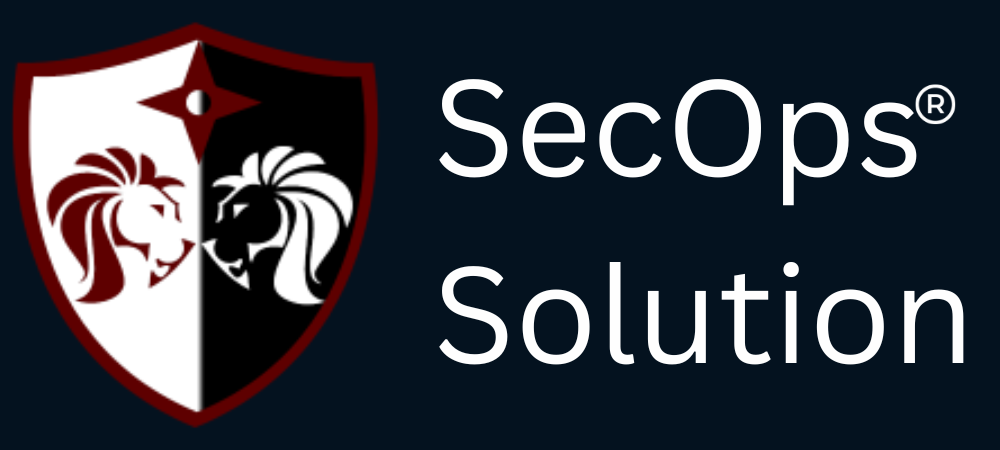
Agentless security for your infrastructure and applications - to build faster, more securely and in a fraction of the operational cost of other solutions

hello@secopsolution.com

A cybersecurity compliance audit is a crucial process that ensures organizations meet industry regulations and security standards. Whether you're preparing for GDPR, HIPAA, ISO 27001, or other compliance frameworks, following best practices can make the audit process smoother and help prevent costly penalties.
Before an audit, thoroughly understand the specific compliance standards that apply to your organization. Each regulatory framework has unique requirements:
A comprehensive risk assessment helps identify vulnerabilities and areas needing improvement before the audit. This involves:
Develop and enforce security policies that align with compliance requirements. These should include:
Auditors require clear documentation to verify compliance. Ensure you maintain:
Perform internal audits periodically to assess your compliance status before the official audit. This helps:
Unpatched systems pose security risks and can lead to compliance violations. To stay compliant:
Unauthorized access is a major compliance risk. Secure your systems by:
Regulatory bodies require organizations to have an effective incident response plan. Your plan should include:
If your organization relies on third-party vendors, ensure they also comply with relevant security standards. Conduct:
Employees are often the weakest link in cybersecurity. Conduct regular training sessions on:
Preparing for a cybersecurity compliance audit requires a proactive approach, strong security measures, and continuous monitoring. SecOps Solution simplifies this process by offering:
With SecOps Solution, you can confidently navigate compliance audits and strengthen your organization's cybersecurity posture. Contact us today to learn how we can support your compliance journey!
SecOps Solution is a Full-stack Patch and Vulnerability Management Platform that helps organizations identify, prioritize, and remediate security vulnerabilities and misconfigurations in seconds.
To learn more, get in touch.